Hello friends,
This is Skylar, and welcome to another edition of The Daily Grog newsletter.
In a way, we've come full circle. Last year Steph and I embarked on this year-long adventure around the world across multiple countries and continents. We started the trip last June (2022) with a month in Buenos Aires and found ourselves back in Buenos Aires just a few weeks ago.
It's official, Buenos Aires has stolen my heart. I think I knew the first time around, but the last few weeks officially sealed it for me. Buenos Aires contains multitudes. It's a world-class city with few rivals - there's art, culture, food, drink, hustle, bustle, and everything else you want.
One of the most notable exports from Buenos Aires is tango - a passionate and captivating dance that originated in the late 19th century. Tango started off in the working-class neighborhoods of Buenos Aires, but it's difficult to trace the exact origins of the dance, as it evolved from a mixture of cultural influences. It was influenced by various dance forms brought by immigrants, such as the Cuban habanera, African candombe, and the polkas and waltzes of Europe.
Tango gradually gained popularity and moved into the mainstream during the early 20th century. It spread from the outskirts of Buenos Aires to dance halls, theaters, and cafes in the city center. Tango's popularity expanded beyond Argentina, reaching Europe and the United States by the early 1910s. It evolved further, incorporating elements from other genres like jazz and classical music. Tango orchestras and dancers toured internationally, contributing to the global recognition of the dance.
With that very brief and simplified history of tango, it's worth noting a couple of things.
First, there are many types of tango, but the perhaps most notable are show tango and social tango. Show tango is where you buy tickets and watch an incredibly intense and emotional performance by professionals. If you go to many of the popular neighborhoods of Buenos Aires (like San Telmo or La Boca), you'll probably see folks handing out flyers and posters to one of the many tango shows. Social tango, on the other hand, is quite different. This usually takes place at a milonga (dance hall) where you can just show up and dance. There's often food, drink, and live music.
The second thing to mention is that tango is not only a dance but a genre of music. If you're in Buenos Aires, María Volonté and Kevin Carrel Footer of Blue Tango Project are incredible musicians focused more on the music than the dance. You can book a private tango + cocktail concert with them, which I'd highly recommend. Truly one of the best experiences I've had in the city.
I am not a dancer. I have two left feet, both of which refuse to listen to me. But in Buenos Aires, it's almost a shame not to give tango a shot. So we reluctantly (well, at least I was reluctant) booked a tango class with Victor Rua.
Victor is an incredibly passionate and respectful tango teacher. During the lesson, he runs through some basic movements while teaching you about traditional customs and how they've evolved. He even managed to get me to memorize a few tango steps that I brought out onto the milonga dance floor...once (the pictures of which will forever remain secret).
After a quick lesson, Victor took us to a few local milongas, where we could watch (and participate in) some social tango. Though I wouldn't call myself a dance connoisseur, watching tango is mesmerizing. The intensity, the movement, the gaze, the sound of the feet sweeping against the floor, all of it. And for the most part, the folks at a casual milonga aren't even professionals. A genuinely staggering fact.
So even if you're not going to dance, simply going to a milonga, having a glass of malbec (or three), and watching social tango is one of the best experiences you can have in Buenos Aires.
Tango in Pictures
At one of the milongas Victor took us to, the lighting was almost as dramatic as the dancing.

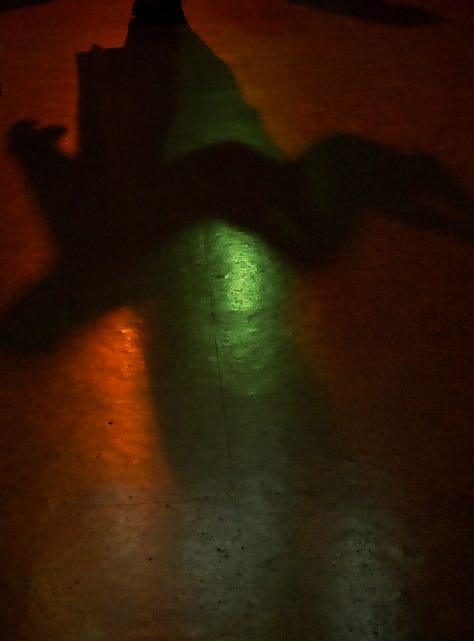
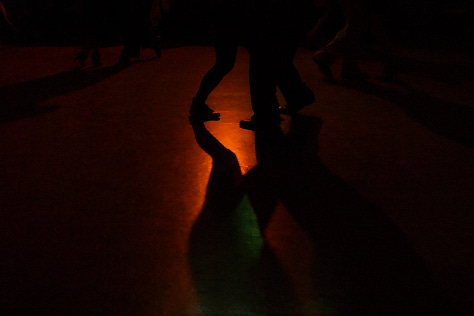
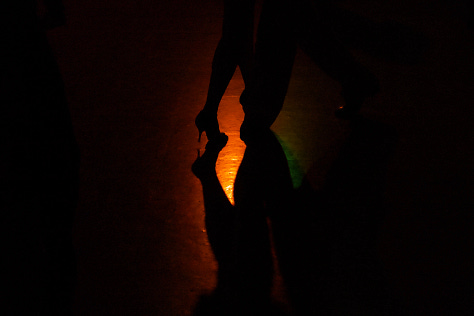
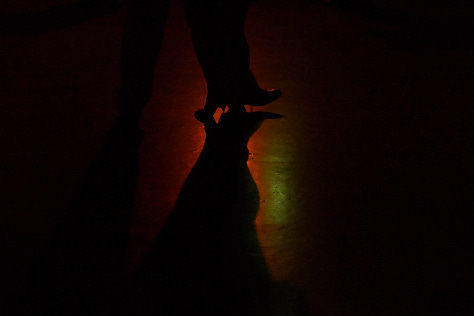

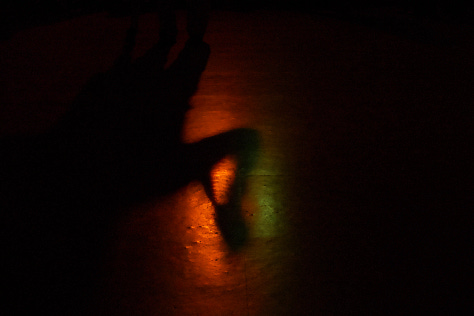

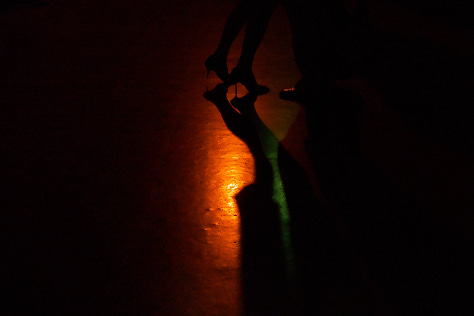
That’s all for this week, folks. There will be PLENTY more on Buenos Aires (and Argentina) in the coming weeks, to be sure.
- SR



